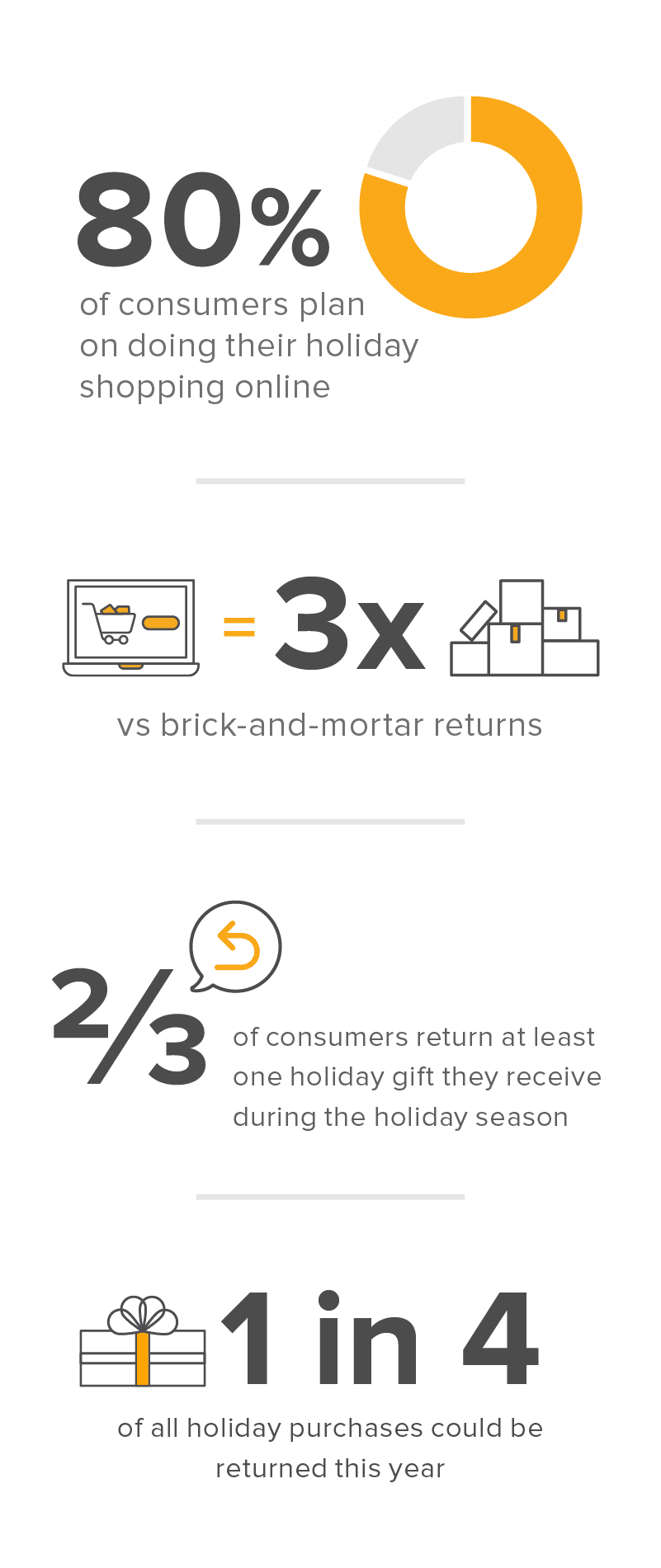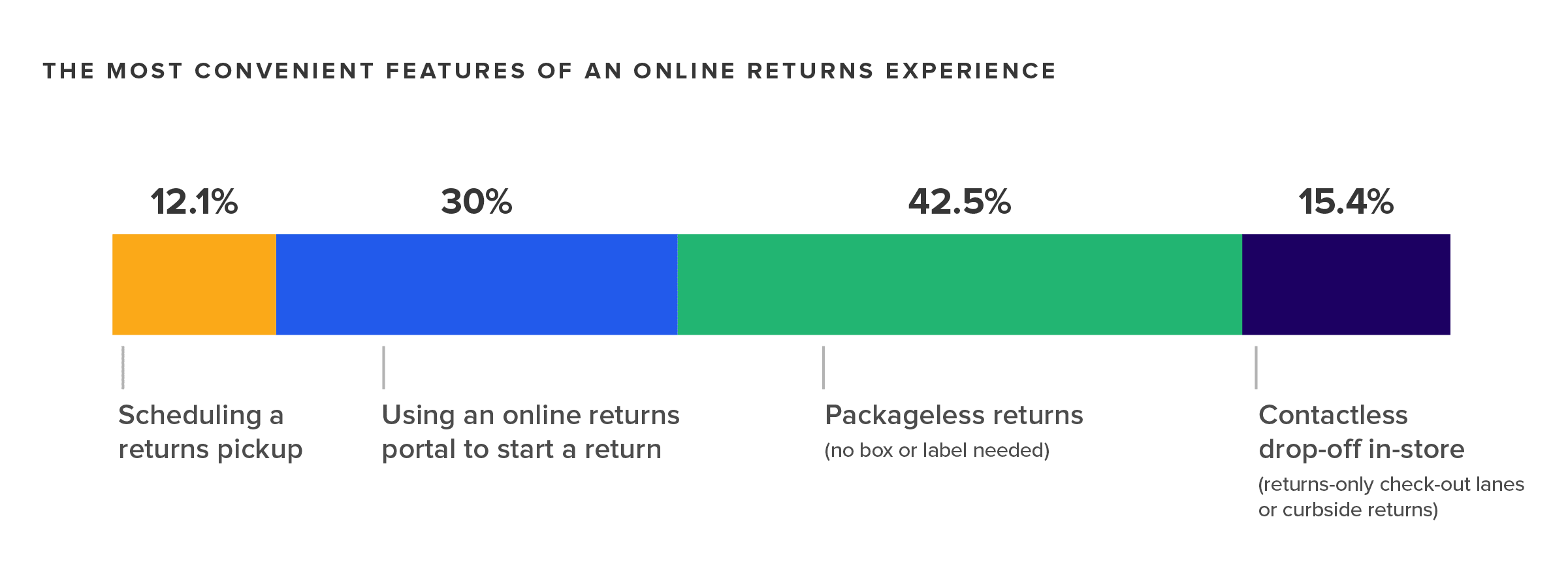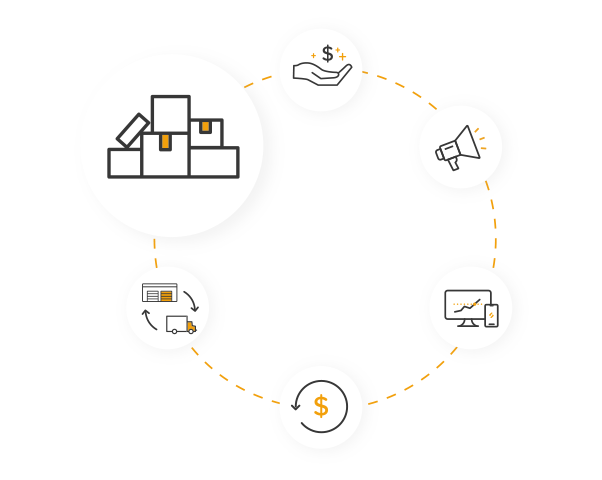In October, we surveyed over 2,000 US consumers to discover how and when customers plan to return their items this holiday season. For retailers, this returns data is pivotal to understanding how to meet the changing needs of customers, and how to prepare for an influx of post-holiday returns.
How Are Consumers Making Returns This Year?
Our survey found that 80% of customers indicated they will be doing their holiday shopping online, a huge increase from 2019. And while consumers once preferred to return online purchases in stores, they’re now increasingly returning online purchases via mail. Of those returning an online purchase in the past 6 months, 60% returned via mail.[1] This is a significant increase from an earlier consumer survey in May, which found that 44% of respondents indicated they would continue mailing returns in the future.[2]
To understand more about online returns preferences, our survey asked consumers what the most convenient part of an online returns process is (online returns portal, scheduling pickups, curbside returns, etc). Despite the growth of mail-in returns, the data shows that the majority of consumers prefer the ability to drop off packageless returns to either retail stores or third party locations.[3] Online returns portals that allow consumers to initiate a return online were also ranked as extremely helpful.
When Are Consumers Making Returns This Year?
Customers were shopping earlier than ever this year, with holiday sales and discounts beginning at the end of October as opposed to the typical holiday savings kick-off on Black Friday. Knowing that orders were placed earlier, it looks like returns peak will take place sooner than normal.
76% of consumers surveyed plan to return unwanted holiday items after Christmas (between December 26 to January 25), while nearly a quarter (24%) plan to return in the month leading up to the holidays.[4]
How Can Retailers Prepare?
Coming out of this holiday season, retailers will need to ensure that they have the right infrastructure in place to process all of the returns (i.e.automated decision-making, a returns portal, etc.)
Retailers that are able to automate decision-making and returns routing will be able to move inventory back to stock at a much quicker pace, enabling them to resell returned inventory at the highest possible profit. Streamlining the returns process also allows workers to focus more on forward fulfillment.
Not only that, retailers need to understand where consumers are becoming frustrated in the online returns journey, and focus on resolving those issues.

Lastly, offering convenient and safe returns methods during this time of uncertainty can help drive repeat customers. Despite the growth of mail-in returns, the data shows that the majority of consumers prefer the ability to drop off packageless returns to either retail stores or third party locations.[5]
Download our returns data report, The 2020 Holiday Returns Season: How COVID-19 Is Changing Consumer Habits, now to see more survey results and tips to prepare your business for returns in 2021.
If you found this information to be helpful, you can also:
- Check out our Holiday 2020 Returns Readiness Checklist
- Schedule a demo to talk with our team about your returns needs
